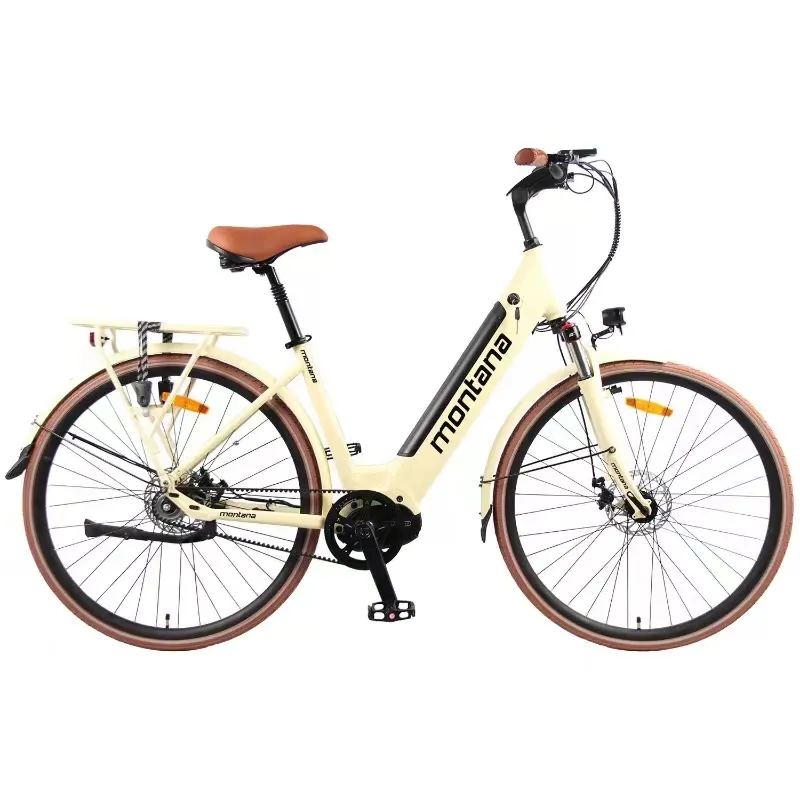
- Afrikaans
- Albanian
- Amharic
- Arabic
- Armenian
- Azerbaijani
- Basque
- Belarusian
- Bengali
- Bosnian
- Bulgarian
- Catalan
- Cebuano
- Corsican
- Croatian
- Czech
- Danish
- Dutch
- English
- Esperanto
- Estonian
- Finnish
- French
- Frisian
- Galician
- Georgian
- German
- Greek
- Gujarati
- Haitian Creole
- hausa
- hawaiian
- Hebrew
- Hindi
- Miao
- Hungarian
- Icelandic
- igbo
- Indonesian
- irish
- Italian
- Japanese
- Javanese
- Kannada
- kazakh
- Khmer
- Rwandese
- Korean
- Kurdish
- Kyrgyz
- Lao
- Latin
- Latvian
- Lithuanian
- Luxembourgish
- Macedonian
- Malgashi
- Malay
- Malayalam
- Maltese
- Maori
- Marathi
- Mongolian
- Myanmar
- Nepali
- Norwegian
- Norwegian
- Occitan
- Pashto
- Persian
- Polish
- Portuguese
- Punjabi
- Romanian
- Russian
- Samoan
- Scottish Gaelic
- Serbian
- Sesotho
- Shona
- Sindhi
- Sinhala
- Slovak
- Slovenian
- Somali
- Spanish
- Sundanese
- Swahili
- Swedish
- Tagalog
- Tajik
- Tamil
- Tatar
- Telugu
- Thai
- Turkish
- Turkmen
- Ukrainian
- Urdu
- Uighur
- Uzbek
- Vietnamese
- Welsh
- Bantu
- Yiddish
- Yoruba
- Zulu
Dec . 24, 2024 05:33 Back to list
Exploring the Cost Trends of Mountain Bikes for Every Budget and Preference
The Cost of Mountain Bikes Understanding Prices and Value
Mountain biking has surged in popularity over the past few decades, attracting enthusiasts who seek adventure and an adrenaline rush on rugged trails. But before hitting the dirt, potential riders often grapple with the question of pricing what should one expect to pay for a mountain bike? This article explores the factors influencing mountain bike prices and provides insight into what makes a bike worth its cost.
Price Range Overview
Mountain bike prices can vary significantly based on several factors, including the brand, materials used, components, and overall technology. Typically, mountain bikes can be categorized into three main price ranges
1. Entry-Level Bikes ($300 - $800) These bikes are ideal for beginners or casual riders who want to explore trails without making a huge investment. Entry-level bikes often feature heavier frames, basic components, and limited suspension systems. While they may lack the performance and durability of higher-end models, they provide a solid introduction to the sport.
2. Mid-Range Bikes ($800 - $2,500) Riders who are more serious about mountain biking or those looking to tackle more challenging terrains often opt for mid-range bikes. These bikes feature lighter frames, better suspension systems, and higher-quality components. They strike a balance between functionality and cost, making them suitable for intermediate riders and those ready to tackle more diverse trails.
3. High-End Bikes ($2,500 and above) For serious mountain bikers and professionals, high-end bikes offer top-tier technology and performance features. These bikes are crafted with advanced materials such as carbon fiber, providing lightweight yet robust frames. High-end bikes often come equipped with sophisticated suspension systems and components that enhance performance and comfort on the trails. While these bikes can carry a hefty price tag, they are often viewed as a worthwhile investment for dedicated riders.
Key Factors Influencing Price
Several key factors determine the price of a mountain bike
mountain bike price

- Frame Material The material used to construct the bike frame significantly impacts its cost. Aluminum is the most common and affordable material, while carbon fiber offers a lighter and more advanced alternative at a higher price point. Titanium, though rare, is another high-end option due to its strength and durability.
- Suspension Type Mountain bikes generally come with either hardtail (front suspension only) or full-suspension designs (both front and rear suspension). Full-suspension bikes are generally more expensive due to their complexity and added comfort on rough terrains.
- Components The quality of components—including gears, brakes, and wheels—affects a bike’s performance and longevity. Higher-quality components often come with a higher price tag, but they tend to enhance the overall riding experience.
- Brand Reputation Established brands with a reputation for quality, innovation, and performance often charge more for their bikes. However, these brands typically offer better customer service and warranties, making them a popular choice among consumers.
- Technology and Features Advances in technology can also lead to premium pricing. Features such as disc brakes, advanced gear-shifting systems, and tubeless-ready tires enhance the bike's functionality and performance but add to the overall cost.
Finding Value
When considering the purchase of a mountain bike, it's essential to assess not just the initial cost but also the value it offers. A more expensive bike may provide better performance, greater durability, and a more enjoyable riding experience, making it a smart investment over time. Additionally, considering factors such as maintenance costs and potential upgrades can help in understanding the overall value of a bike.
Conclusion
In conclusion, the price of mountain bikes varies widely, reflecting differences in materials, components, technology, and brand reputation. When choosing a mountain bike, it's crucial to consider one's riding style, experience level, and budget. Ultimately, the right bike is one that balances quality, comfort, and performance, ensuring that you enjoy every ride on the trails, whether you're a newcomer or a seasoned veteran.
-
The Ultimate Kids' Four-Wheeler Experience
NewsJul.09,2025
-
The Ultimate Guide to Mountain Bikes: Gear Up for Your Ride
NewsJul.09,2025
-
The New Age of Cycling: Electric Bikes for Every Rider
NewsJul.09,2025
-
The Best Kids Bicycles: Ride in Style and Safety
NewsJul.09,2025
-
The Best 3-Wheel Scooters for Kids: Fun, Safety, and Adventure
NewsJul.09,2025
-
Revolutionize Your Ride: Affordable Electric Bikes
NewsJul.09,2025
-
Finding the Perfect Mountain Bike for Every Rider
NewsJul.09,2025



